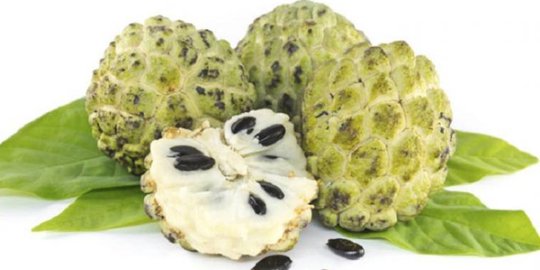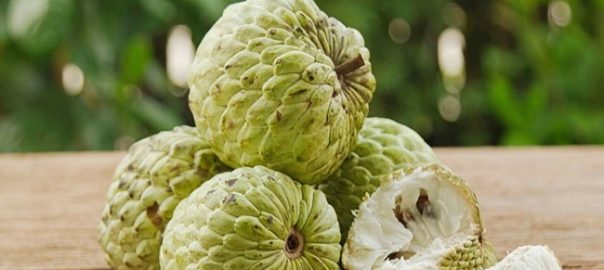I have been learning about fruit, plant and their latin name since primary school yet it never crossed my mind who started the naming and started to collect the data. Now I know. 🙂
It was so weird to think that the think we know now was a privilege in the past. It is as if we have been taking things for granted.
The fruit I am going to share is not my most favourite fruit (but I like it) and it has been at least 4-5 years since the last time I ate it. I would like to share it as I have been always curious where it came from because of its unique shape and taste.

I firstly know the fruit was called srikaya in Indonesia. Apparently it is called Lim kim in Singapore. With a latin name of Annona squamosa, it is more commonly known as sugar-apple, sweetsop or custard apple. In Singapore it is also more known to be the fruit of kaya jam. Have you tried the fruit raw before?

Date of introduction of A. squamosa to the West Indies is unknown, but it was present by the time of Sir Hans Sloane’s 1687-1689 voyage to Jamaica during which he collected specimens now present in the British Museum (British Museum specimen BM000594147). The species was also included in Macfadyen’s (1837) work on Jamaica, and was present in Puerto Rico by 1883, as it was included in Bello’s (1883) work on the island. It was also listed in Britton’s (1918) flora of Bermuda and Britton and Millspaugh’s (1920) work on the Bahamas.
The species was probably brought to the Old World tropics by the Spaniards to the Philippines and by the Portuguese to India by 1590, and from there cultivation eventually spread to Indonesia, China, Australia, Polynesia, and Hawaii.
Reference:
https://hort.purdue.edu/newcrop/morton/sugar_apple.html#Origin%20and%20Distribution
https://www.cabi.org/isc/datasheet/5820

